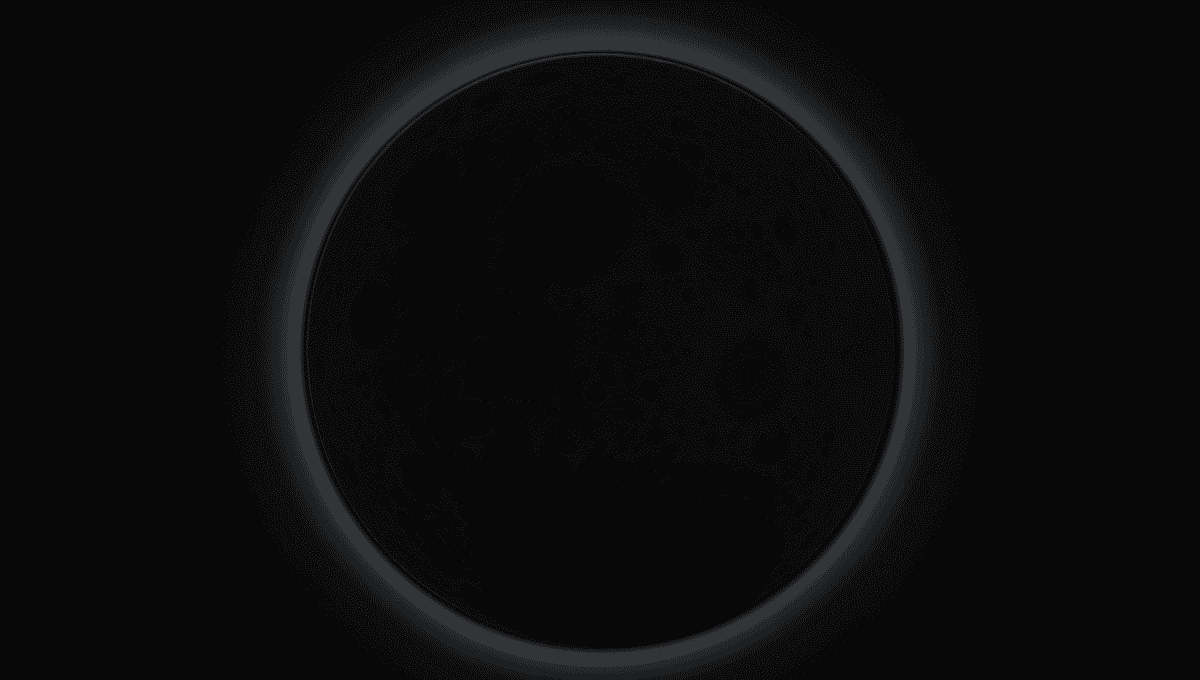
On Saturday, the new Moon will be at the closest it has been to Earth since the Middle Ages. According to calculations by timeanddate.com, the new Moon has not been this close to us in 993 years and will not be this close to us for another 345 years.
The New Moon, due to its proximity to Earth, will be the largest it has appeared in the sky since December 3, 1030 CE, according to data timeanddate reviewed from NASA’s Jet Propulsion Laboratory. The next approach this close will take place on January 21, when the Moon will be 356,568 kilometers (221,561 miles) from Earth. After that, you’ll need to wait until January 20, 2368 to experience it.
Why so close? The Moon’s orbit of Earth is not a neat circle – your little toy Solar System that you keep on your desk is lying to you. The orbit is elliptical, meaning that at times the Moon is nearer or further away, with the most extreme point being known as the “apogee”, and the closest called the “perigee”.
“If perigee or apogee coincides with a New Moon or Full Moon – when the Earth, Moon, and Sun are in alignment – the Moon’s closest and farthest distances become more extreme,” timeanddate explains.
The most extreme Earth to Moon distances take place when the Earth is closest to the Sun, which this year happened on January 4.
Of course, there’s no point in telling you to look up for this one, as the New Moon phase is when the Moon disappears from our view for a few days, and is invisible to the naked eye. However, if you look up in February you will see an object not seen since the time of Neanderthals, so keep those neck muscles loose.
Source Link: This Saturday's New Moon Will Be The Closest In Nearly 1,000 Years